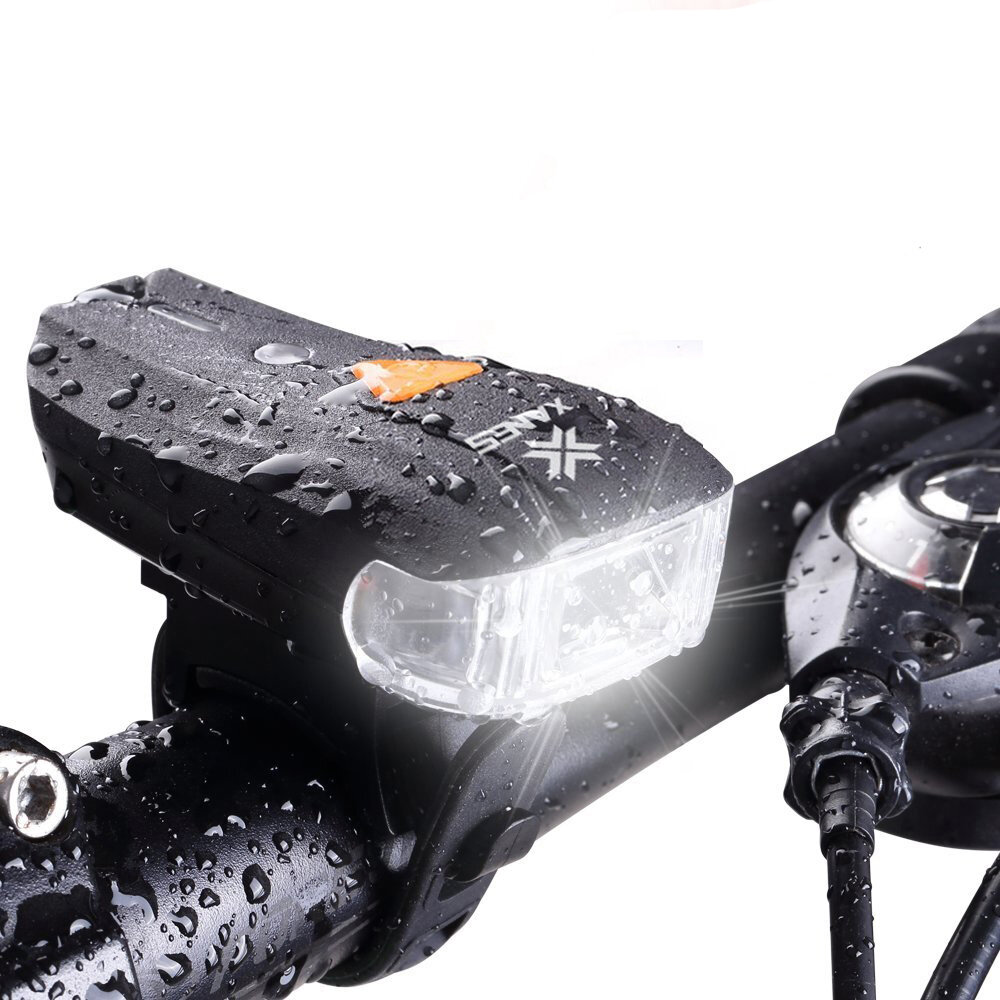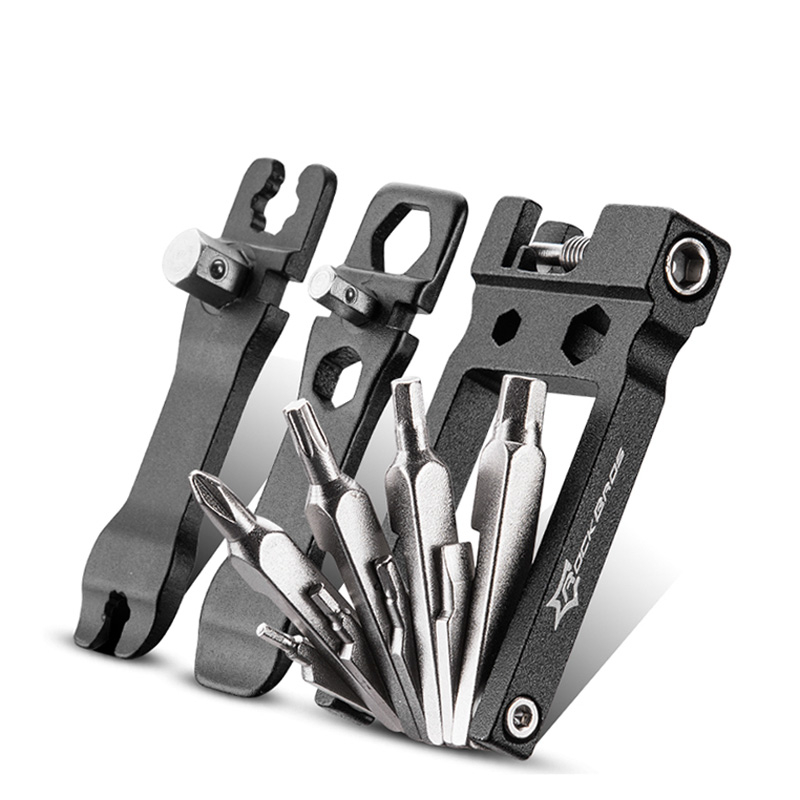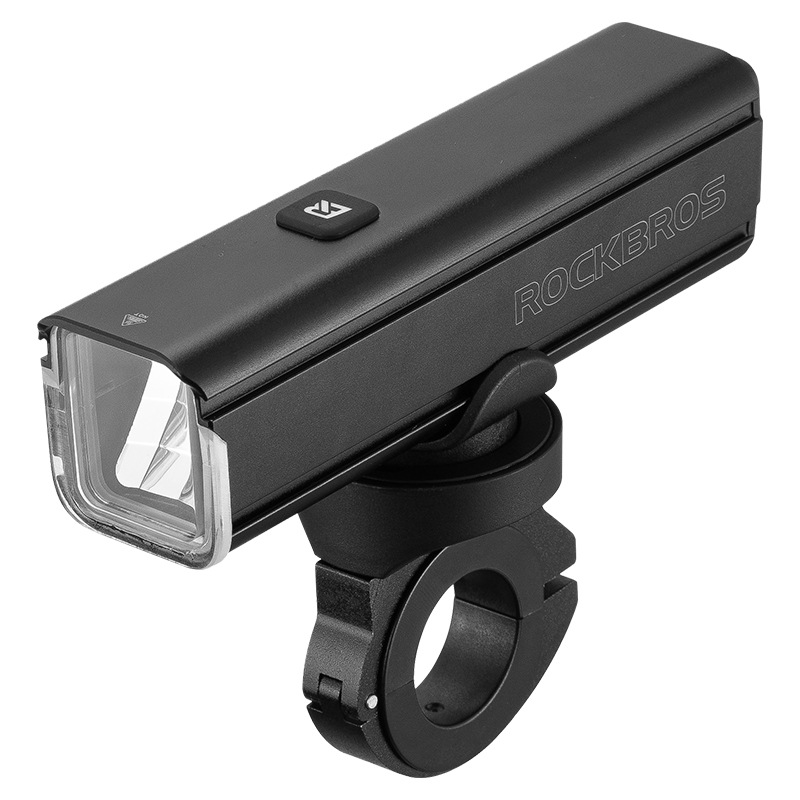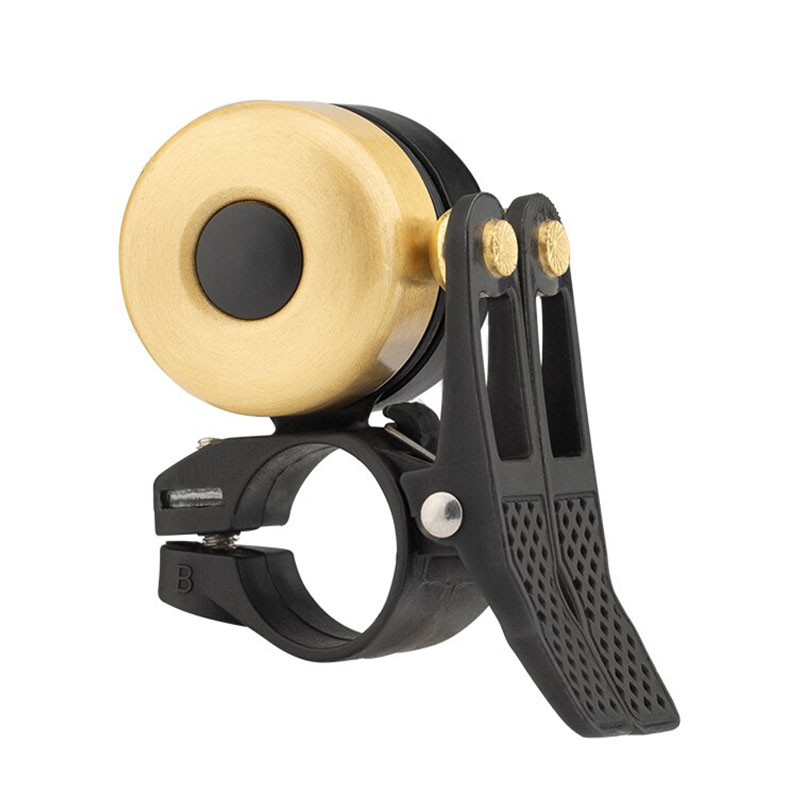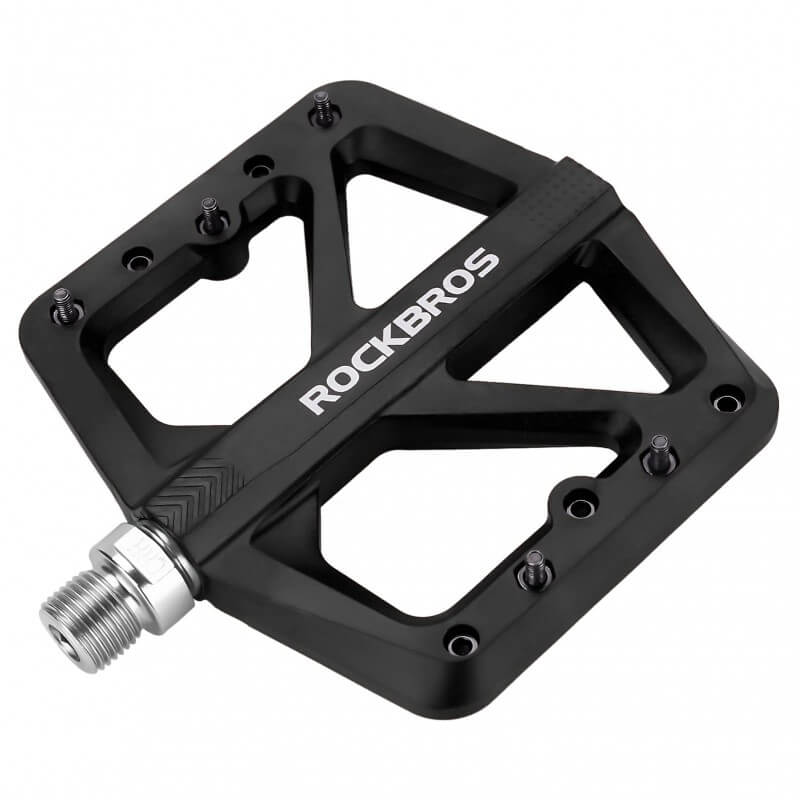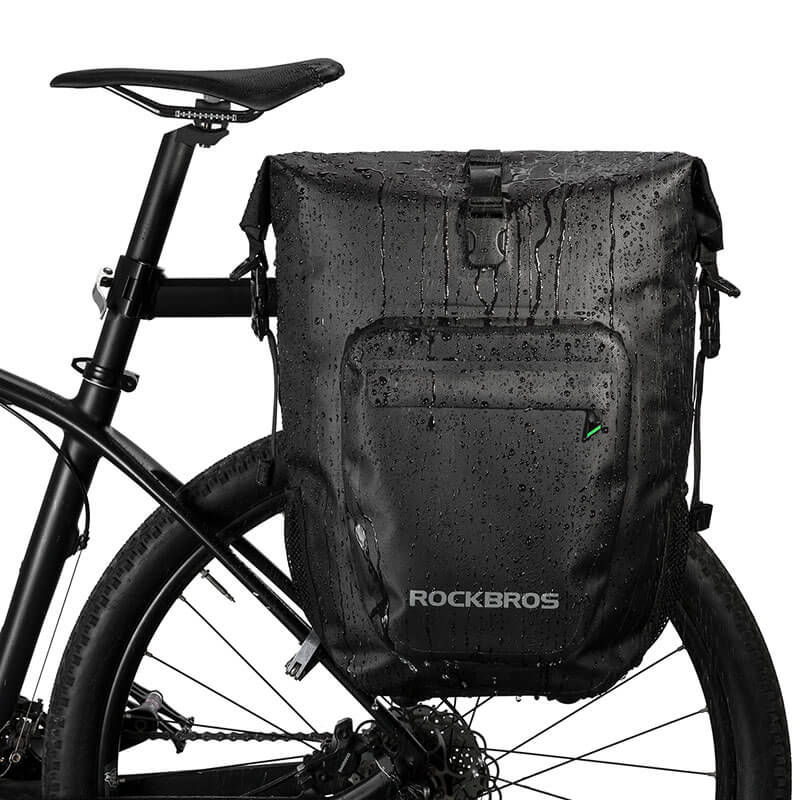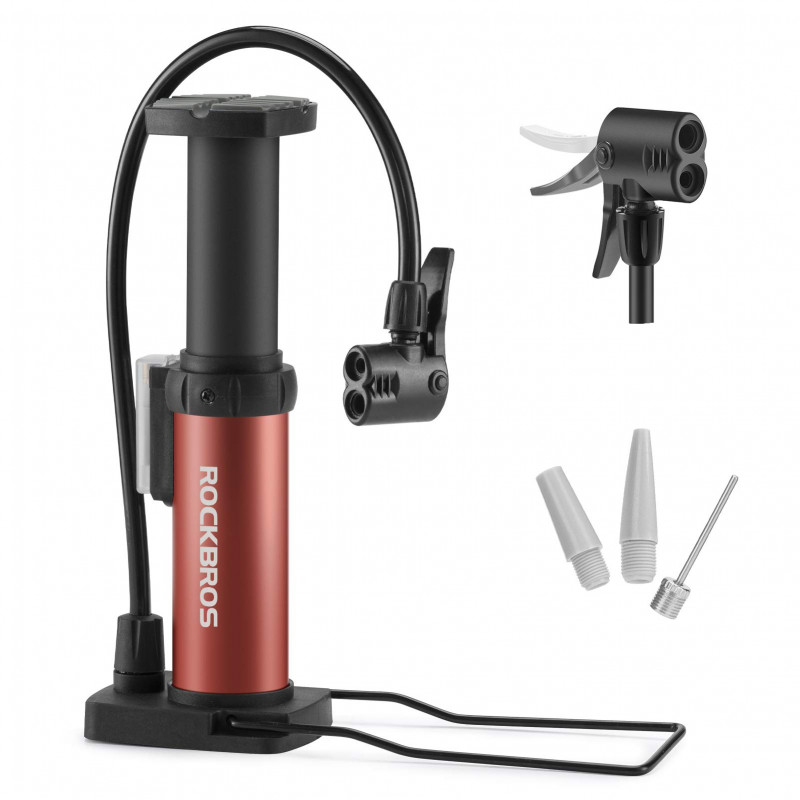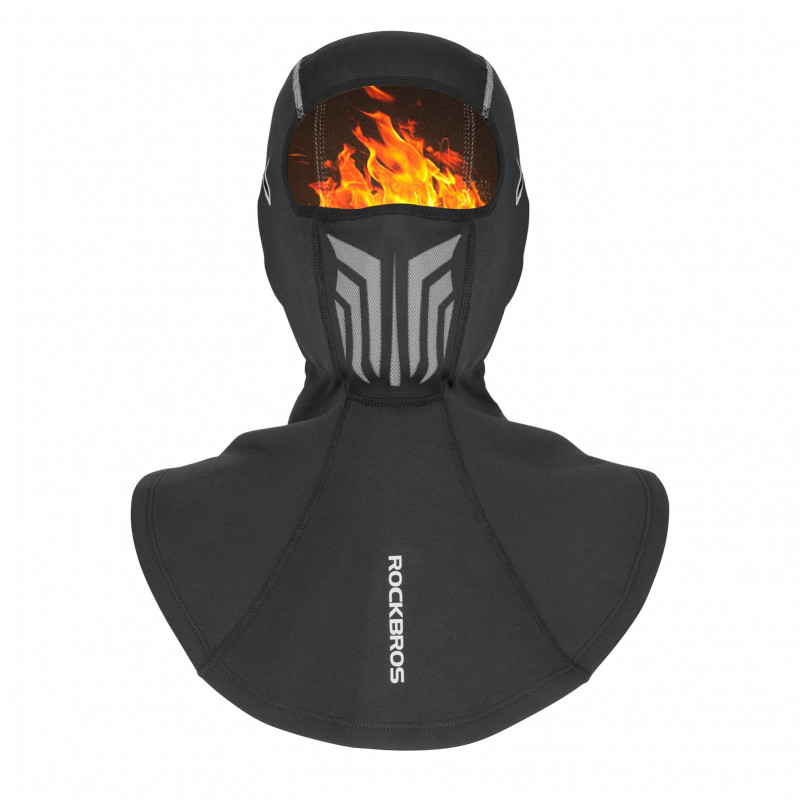Cycling for Beginners: How to Choose the Right Bike for Your Needs
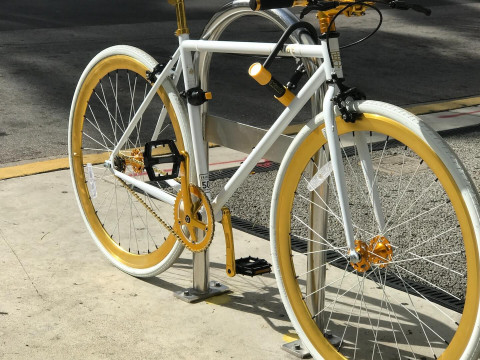
Are you considering taking up cycling but feeling overwhelmed by the sheer number of bike options available? Choosing the right bike for your needs can make all the difference in enjoying your cycling experience. In this article, we will guide you through the process of selecting the perfect bike, ensuring that you embark on your cycling journey with confidence and excitement.
Introduction
Cycling is a fantastic activity that not only provides a fun way to explore your surroundings but also offers numerous health benefits. From improving cardiovascular fitness to enhancing mental well-being, cycling has something to offer everyone. However, before you jump on a bike and pedal away, it's essential to find the right bike that suits your needs and preferences.
Benefits of Cycling
Before diving into the details of choosing the right bike, let's quickly touch upon the many benefits of cycling. Regular cycling can improve your physical fitness, strengthen muscles, and boost your immune system. It's a low-impact exercise that puts less strain on your joints compared to other activities like running. Cycling can also be a great stress reliever and can help you maintain a healthy weight. With these benefits in mind, it's clear why cycling has become an increasingly popular activity for people of all ages.
Types of Bikes
When it comes to choosing a bike, it's essential to understand the different types available and their specific purposes. Let's explore some common bike types:
Road Bikes
Road bikes are designed for speed and efficiency on paved roads. They have lightweight frames, thin tires, and drop handlebars. If you're primarily interested in road cycling, whether it's for fitness or participating in races, a road bike is a suitable option.
Mountain Bikes
Mountain bikes are built for off-road adventures on rugged terrains. They feature sturdy frames, wide knobby tires, and a suspension system to absorb shocks. If you enjoy exploring trails, mountains, or want to tackle rough terrains, a mountain bike is your go-to choice.
Hybrid Bikes
Hybrid bikes combine features of both road bikes and mountain bikes, making them versatile for various terrains. They have a more relaxed riding position, wider tires for better stability, and often come with mounts for accessories like racks and fenders. Hybrid bikes are perfect for casual riders who want the flexibility to ride on different surfaces.
Commuter Bikes
Commuter bikes are designed for urban transportation, offering practicality and comfort. They typically have an upright riding position, fenders to protect against splashes, and racks for carrying bags. If you plan on cycling in the city for commuting or running errands, a commuter bike is an excellent choice.
Folding Bikes
Folding bikes are compact and portable, ideal for those with limited storage space or the need for easy transportation. They can be folded and carried onto public transport or stored in small apartments. While folding bikes may have slightly different riding characteristics, they provide convenience and versatility.
Factors to Consider When Choosing a Bike
When selecting a bike, several factors come into play to ensure the right fit for your needs. Let's explore these factors in more detail:
Frame Material
Bike frames are typically made from aluminum, carbon fiber, steel, or titanium. Each material has its own characteristics, affecting factors such as weight, durability, comfort, and cost. Consider your priorities and choose a frame material that aligns with your requirements.
Bike Size
Choosing the correct bike size is crucial for comfort and performance. Bikes come in various frame sizes, and finding the right one depends on your height, leg length, and riding style. Refer to manufacturer size charts or consult with bike shop experts to determine the appropriate size for you.
Riding Style
Think about how and where you plan to ride. Are you looking for speed, long-distance endurance, off-road adventures, or leisurely rides in the park? Different bikes are designed for specific purposes, so understanding your riding style will help narrow down your options.
Suspension
If you anticipate riding on rough terrains with bumps and obstacles, consider a bike with suspension. Suspension systems absorb shocks and provide a smoother ride, enhancing comfort and control.
Gearing
Gearing plays a crucial role in tackling various terrains. Bikes with multiple gears offer versatility by allowing you to adjust the resistance when cycling uphill or gaining speed on flat surfaces. However, if you prefer simplicity, there are single-speed bikes available as well.
Brakes
Brakes are a critical safety feature, and different types of bikes use different braking systems. Common options include rim brakes, disc brakes, and hydraulic disc brakes. Consider your riding conditions and personal preferences when choosing the type of brakes.
Wheel Size
Wheel size affects the overall ride quality and performance of the bike. Smaller wheels offer better maneuverability, while larger wheels provide enhanced stability and roll over obstacles more easily. Select a wheel size that suits your riding style and preferences.
Accessories
Don't forget to consider any accessories you may need or want to add to your bike. This can include racks, fenders, lights, locks, and more. Assess your requirements and ensure that the bike you choose has the necessary mounts or features to accommodate your desired accessories.
Trying Different Bikes
Once you have a good understanding of the different bike types and factors to consider, it's advisable to try out various bikes before making a final decision. Visit local bike shops, attend demo events, or rent bikes to get a feel for different models and styles. This hands-on experience will help you find the bike that feels most comfortable and suits your riding preferences.
Budget Considerations
Bikes come in a wide price range, and it's essential to determine your budget before starting your search. While high-end bikes offer advanced features and performance, there are also excellent options available for more modest budgets. Consider your financial constraints and aim to find a bike that provides the best value within your price range.
Seeking Expert Advice
If you're new to cycling or feeling overwhelmed by the choices, seeking advice from knowledgeable experts can be incredibly helpful. Visit local bike shops and talk to experienced staff who can guide you through the selection process. They can provide valuable insights and recommendations based on your needs, preferences, and budget.
Maintenance and Safety Tips
Once you've chosen your bike, it's important to maintain it properly and prioritize safety. Regularly inspect your bike, keep the tires inflated, lubricate the chain, and ensure the brakes are in good working condition. Additionally, always wear a helmet, use appropriate signaling, and follow traffic laws and safety guidelines when cycling on public roads. By practicing proper maintenance and safety precautions, you can enjoy your cycling adventures to the fullest while minimizing the risk of accidents or mechanical issues.
Conclusion
Choosing the right bike is a crucial step for beginners embarking on their cycling journey. By considering factors such as bike type, frame material, size, riding style, suspension, gearing, brakes, wheel size, and accessories, you can find a bike that suits your needs, preferences, and budget. It's also beneficial to try out different bikes before making a final decision and seek expert advice from knowledgeable professionals.
Remember, cycling offers numerous physical and mental health benefits, making it a wonderful activity for beginners. So, get ready to pedal your way to fitness, fun, and adventure on the perfect bike that matches your individual requirements.
FAQs
1. What is the best bike for beginners?
The best bike for beginners depends on personal preferences, intended riding style, and budget. However, hybrid bikes are often a popular choice as they provide versatility and comfort for various terrains.
How do I know what size bike to buy?
Determining the right bike size is crucial for comfort and performance. Refer to manufacturer size charts, consider your height and leg length, and consult with experts at bike shops for accurate sizing recommendations.
Should I choose a bike with gears or without gears?
The choice between gears or no gears depends on your riding style and the terrain you plan to tackle. Gears offer versatility and help with uphill climbs and speed control, while single-speed bikes provide simplicity and low maintenance.
Can I use a mountain bike for city commuting?
Yes, you can use a mountain bike for city commuting. However, keep in mind that mountain bikes are designed for off-road adventures, so they might have features like suspension and wide tires that may not be necessary for city riding. Consider hybrid or commuter bikes for a more suitable urban commuting experience.
What safety gear do I need for cycling?
When cycling, it's crucial to prioritize safety. Essential safety gear includes a properly fitted helmet, reflective clothing, lights for low-light conditions, and a bell or horn to alert pedestrians and other cyclists. Additionally, consider wearing knee and elbow pads for extra protection, especially when engaging in off-road or more adventurous cycling activities.
